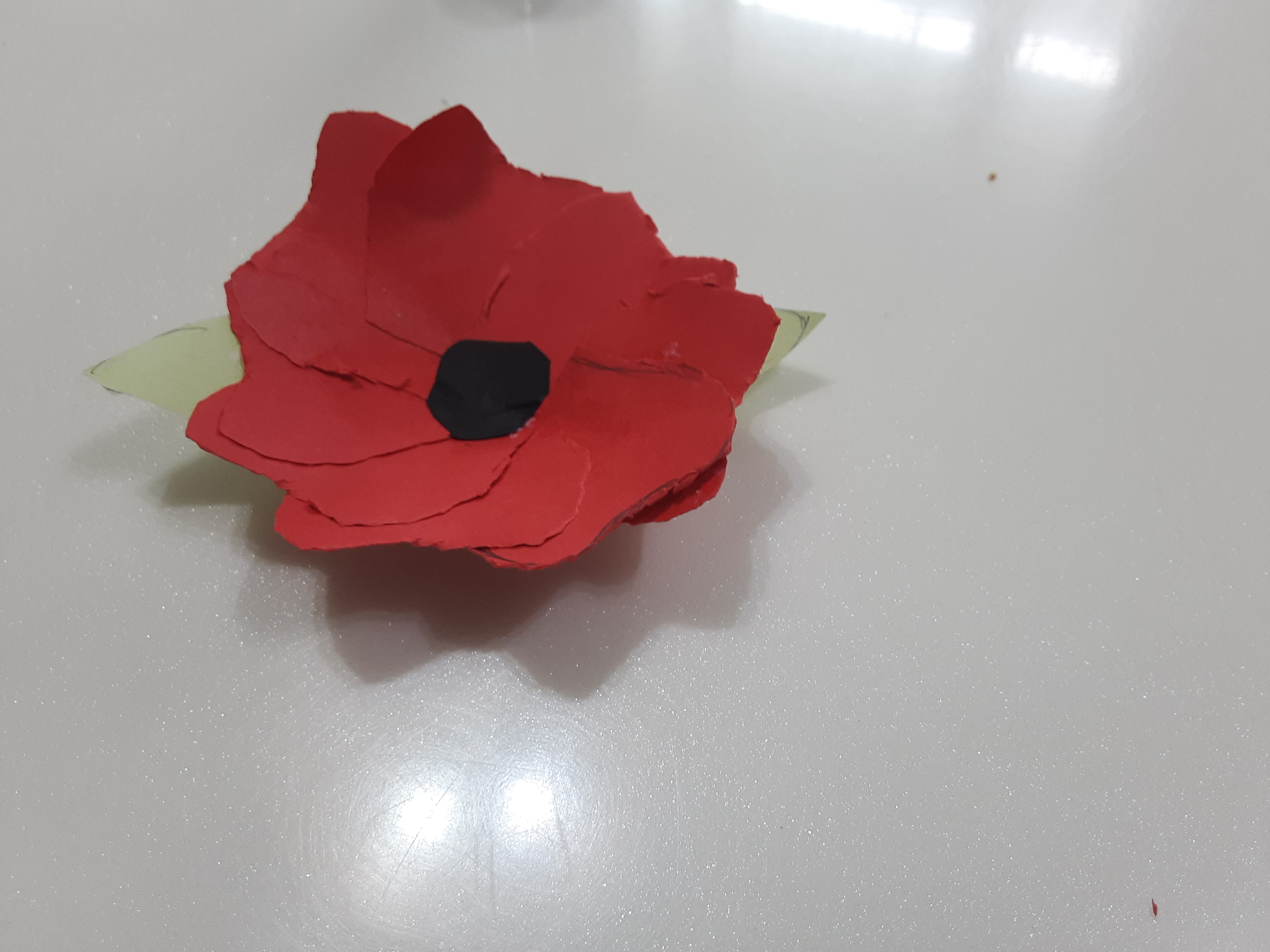
The Service of Remembrance is finished by a recitation of the " Ode of Remembrance". The Service of Remembrance in many Commonwealth countries generally includes the sounding of the " Last Post", followed by the period of silence, followed by the sounding of " Reveille" or sometimes just " The Rouse" (often confused for each other. The common British, Canadian, South African, and ANZAC tradition includes a one- or two-minute silence at the eleventh hour of the eleventh day of the eleventh month (11:00 am, 11 November), as that marks the time (in the United Kingdom) when the armistice became effective. Ĭanadian Poppy pins adorn a memorial at McCrae House in Guelph, Ontario Member states of the Commonwealth of Nations adopted Remembrance Day, while the US chose Veterans Day. During the Second World War, many countries changed the name of the holiday. The first official Armistice Day was subsequently held on the grounds of Buckingham Palace the following morning. The initial Armistice Day was observed at Buckingham Palace, commencing with King George V hosting a "Banquet in Honour of the President of the French Republic" during the evening hours of 10 November 1919. The tradition of Remembrance Day evolved out of Armistice Day. ("At the 11th hour" refers to the passing of the 11th hour, or 11:00 am.) The First World War officially ended with the signing of the Treaty of Versailles on 28 June 1919. Hostilities formally ended "at the 11th hour of the 11th day of the 11th month" of 1918, in accordance with the armistice signed by representatives of Germany and the Entente between 5:12 and 5:20 that morning. In most countries, Remembrance Day is observed on 11 November to recall the end of First World War hostilities. Following a tradition inaugurated by King George V in 1919, the day is also marked by war remembrances in many non-Commonwealth countries. Remembrance Day (also known as Poppy Day owing to the tradition of wearing a remembrance poppy) is a memorial day observed in Commonwealth member states since the end of the First World War to honour armed forces members who have died in the line of duty. Additionally, some may have a green stem or leaf added.The Cenotaph at Whitehall, London on Remembrance Day 2004Īrmistice Day, Veterans Day, Memorial Day, Anzac Day Typically, each poppy pin has a black center. Remembrance poppies are red, not to signify blood, but because red is the natural color of field poppies. One thing all World War I Remembrance Day poppies have in common is their color.

The Royal British Legion produces the poppy pins for England, Wales, and Northern Ireland Poppyscotland produces poppies for Scotland, and each have their own style for the poppy. Some have four petals and others have two. Why Do World War I Remembrance Day Poppies Look Different? There is also debate on which shoulder the poppy should be pinned, but as for me, I will do as Queen Elizabeth does and wear it on the left! Wearing the poppy pin over the left breast is to have it close to the heart. Others say that poppies are only appropriate to wear during the 11 days leading up to Remembrance Day.

Some say you may start wearing the poppy pins on October 31. There is some disagreement about when it is appropriate to wear Remembrance Day poppies. No doubt, you have seen the pretty little flower adorning the lapels of royals and others on several occasions. When Should You Wear World War I Remembrance Poppies? Today, McCrae’s poem continues to hold significance during Remembrance Day (also known as Armistice Day) celebrations in Canada and Europe and Memorial and Veterans Day celebrations in the United States. Though the poem was published in 1915 and World War I ended in November 1918, the wearing of the World War I Remembrance Day poppies was not initiated until 1921. That scene inspired the writing of his famous poem, which was published in Punch magazine on December 8, 1915.

McCrae later noticed the many graves scattered about were blooming with wild poppies. Lieutenant Helmer, like many others, was buried in a make-do grave in the surrounding fields of Flanders. While this terrible scene unfolded, McCrae’s friend Lieutenant Alexis Helmer was killed by artillery fire. Within 48 hours, over 6,000 Canadians died in Flanders fields. In an area known as Flanders, Canadian troops made their first major appearance at the Second Battle of Ypres.

Major John McCrae of the 1st Brigade Canadian Field Artillery had been stationed in the trenches near Ypres, Belgium, in April 1915.


 0 kommentar(er)
0 kommentar(er)
